What better way to keep hunger at bay than to sell fresh bounty a day?
In the Philippines, the July to September 2021 total chicken egg production at 166.82 thousand metric tons (TMT) or 166,820 kilograms was 8.1% higher than the previous year’s same period output of 154.30TMT. This data was published by the Philippines Statistics Authority (PSA) in November 2021 with Western Visayas placing fifth in terms of distribution of total chicken laying flock inventory in the country.
The egg industry has gained economic significance and has been a source of protein when the supply of pork and chicken hit low. During the pandemic, the demand for the commodity rose due to the months-long lockdown that forced small retailers and bake shops to sell pastries and try other income-generating activities online.
The growing demand served as a breakthrough for lots of business owners, especially small-scale farmers. One of the players in the local layer industry who seized the same opportunity is the Lupaan Farmers and Irrigators Association (LUFIA) generating Php 73,234 eleven-month net income from the Chicken Layer Egg Production Project of the Department of Agriculture – Special Area for Agricultural Development (DA-SAAD) Program.
About LUFIA
From June 24 to 28 of 2019, the Regional Program Management Support Office (RPMSO) in coordination with the Local Government Unit (LGU) of Laua-an, conducted a series of social preparation activities such as Focused Group Discussions (FGD), validation, and profiling in Barangay Lupa-an.
Lupaan Farmers and Irrigators Association, established on June 26, 2018 qualified to receive livelihood support from the SAAD Program, is composed of 40 members, who are rural farmers engaged in small-scale vegetable, root-crop, and livestock farming, aged 45-65 with a monthly income ranging from Php 2,000 – 5,999.
Due to the steady demand of eggs in their municipality, the group proposed for layer poultry farming where they received 480 head (10 sets) of ready-to-lay (RTL) chicken layer stocks, 10 sets of drugs and biologics, 176 paper egg trays, 10 rolls water hose, 2 pieces weighing scale, 30 pieces chicken crates, and 2 drums worth Php 852,009.80 – delivered and distributed on June 22, 2021. In the following months, 100 bags of feed were delivered to complete the support.
Two months later, the group was equipped with health and management skills on chicken layer egg production. LUFIA was then capacitated through a simple bookkeeping training in October of the same year.
As counterpart of the project and through Bayanihan, the recipients shouldered and built a housing intended for the layer stocks. It was located in a 20-square meter (sqm) lot owned by Ms. Marsalina Labanon, sister of LUFIA president Marcelo Labanon, and rented at Php 500 monthly.
Bayanihan, widely practiced in rural areas is an act of camaraderie, where the whole community partakes in different communal activities such as structure building which the locals call the dagyaw system.
Project Implementation and Results
Walking towards the enterprise phase, LUFIA’s goal is to put up a consolidating center where they can market their various products under SAAD. Considered as a partially-established enterprise, LUFIA currently manages a layer egg production project where they source their monthly income.
The project started picking up in July 2021, yet, LUFIA incurred net losses in the months of September and November due to the unprecedented feeds’ price escalation fueled by the ongoing conflict between Russia and Ukraine that adversely influenced the global market. This, in turn, led to the constant increase of oil prices and higher world price of raw materials for feed production. The situation greatly affects small farmers like them, forcing them to borrow Php 18,000 from a local supplier as a last resort for the purchase of feed and the construction of the expansion of their housing to accommodate more stocks.
In August, 50 bags of feeds were finally provided as part of the package in addition to the 50 bags delivered prior in July. The provision allowed the group to cut off expenses from buying feeds, thus, using the money to pay their loan on staggered basis in the months of September and November.
For eleven months, LUFIA listed a gross income of Php 350,181 by selling fresh eggs according to sizes – Php 100 for peewee, Php 120 for pullet, Php 160 for small, Php 170 for medium, Php 190 for large, Php 200 for extra-large, and Php 210 for jumbo.
From their gross income, the group deducted their expenses from poultry house reconstruction (Php 16,300), purchase of electric motor for water supply (Php 3,800), and operation and maintenance (Php 256,847), which left them a net income of Php 73,234.
A discount of Php 10 per tray is granted to members, hitting two birds with one stone: access to cheap fresh table eggs, and a practical way to generate revenue without having to transport supplies to the town market.
Ms. Beth Damayon, LUFIA treasurer, shared that they also distribute free fresh eggs to members who are present during their meeting. This move was initiated to encourage their members to become more active and engaged in the project.Table 1. LUFIA’s egg production income
| Month | Peewee Php 100/tray |
Pullets Php 120/tray |
Small Php 160/tray |
Medium Php 170/tray |
Large Php 190/tray |
Extra Large Php 200/tray |
Jumbo Php 210/tray |
Gross Sales (Php) |
Expenses (Php) |
Net (Php) |
| 2021 | ||||||||||
| July | 59 | 12 | 7 | 2 | 2 | 1/2 | – | 9,538.00 | 5,652.00 | 3,886.00 |
| August | 138 | 34 | 36 | 22 | 6 | 3 | 3 | 30,247.00 | 18,374.00 | 11,873.00 |
| September | 1 | 94 | 99 | 30 | 11 | 1 1/2 | 2 | 35,545.00 | 48,527.00 | -12,982.00 |
| October | 1 | 51 | 128 | 70 | 7 | – | 1 | 40,370.00 | 39,865.00 | 505.00 |
| November | – | 21 | 76 | 67 | 20 | 2 | 1 1/2 | 30,870.00 | 34,170.00 | -3,300.00 |
| December | – | – | 32 | 108 | 70 | 21 | 2 | 41,544.00 | 35,330.00 | 6,214.00 |
| Subtotal | 199 | 212 | 378 | 299 | 116 | 28 | 9 1/2 | 188,114.00 | 181,918.00 | 6,196.00 |
| 2022 | ||||||||||
| January | – | 1/2 | 30 | 103 | 94 | 36 | 3 1/2 | 48,683.00 | 40,385.00 | 8,298.00 |
| February | – | – | 29 | 90 | 66 | 25 | 3 | 38,305.00 | 23,040.00 | 15,265.00 |
| March | – | – | 48 | 94 | 60 | 24 | 3 1/2 | 40,865.00 | 17,730.00 | 23,135.00 |
| April | – | – | 29 | 75 | 56 | 24 | 4 1/2 | 34,214.00 | 13,874.00 | 20,340.00 |
| Subtotal | – | 1/2 | 136 | 362 | 276 | 109 | 14 1/2 | 162,067.00 | 95,029.00 | 67,038.00 |
| Grand Total | 350,181.00 | 276,947.00 | 73,234.00 | |||||||
Agricultural Practices
Within a month upon receipt, the group designated all members in a rotational schedule to keep the housing conducive for production as well as maintain biosecurity and farm hygiene.
In these months, however, they noticed the effect of human contact with the layer stocks. The greater the number of visitors there is, the lesser the volume of production. Thus, the group agreed to leave the task to four members who will manage the housing while still keeping the flock in a clean environment but with minimal stress.
To minimize the unpleasant odor of chicken dung, they make use of rice hulls and agricultural lime as litter for brooding layers which has been beneficial technologies to them and to farmers alike.
Commonly known in local dialect as labhang, rice hull is sterile which minimizes disease contamination and readily absorbs moisture. Other times, they run out of supply, so they place sacks underneath the chicken cages as an alternative and change it regularly.
Recycling and burying chicken dung into the ground for composting are also practiced by the association which is a cost effective means of managing waste.
Due to changing weather conditions, 32 mortalities were recorded and production has become unsteady and fluctuates from time to time beginning July to August 2021. The soonest they noticed a gradual decrease in stock’s health, LUFIA president Marcelo Labanon urgently informed the area coordinator and the local agricultural technician for possible biosecurity measures. The mortalities prompted them to immediately consult a local veterinarian to monitor poultry health under its supervision. Apart from these, management procedures were adjusted and infected flocks were isolated. As of present, there are 421 laying head remaining with 59 mortalities recorded.
Market Links
Lupa-an is located 8-10 kilometers from the town proper. Reaching their small community takes about 25 to 30-minute travel through a habal-habal or what the locals call it as “skylab”.
Despite it being a far-flung barangay, marketing their produce was a walk in the park. LUFIA, with its mission of becoming the number one supplier of fresh table eggs, has found willing buyers in the local market and nearby barangays.
After every harvest, Mr. Labanon would deliver their freshly-picked eggs to a local retailer, even to community sari-sari stores. This is made possible through the member’s initiatives of inquiring in the market for possible linkages. Oftentimes, walk-in clients and passersby would avail of the products on-site.
Plans
Currently, LUFIA saves 50% of their income for capital build-up that they can use in the future, the other half goes to their circulating fund which they plan to use for their needs, and sometimes shared among caretakers and members.
Once the stocks reach their production peak, the group plans to cull the chickens and sell them in the town market and to consumers within the area. The income gathered will then be used to replenish their stocks for continuous supply of eggs. As for long-term plans, LUFIA wants to venture on value-adding for this would mean generating increased revenue.
Egg production alone is highly profitable, more so, when processed. With this, the group hopes to receive training on making leche flan and other products such as balut or salted eggs as part of their mission to establish a self-sufficient community-based enterprise and at the same time help ease hunger at the local level. ###
Writer: Cedie C. Bataga, DA-SAAD 6 Information Officer
Sources: Lupaan Farmers and Irrigators Association Officers and Area Coordinator Jesa Joaquin

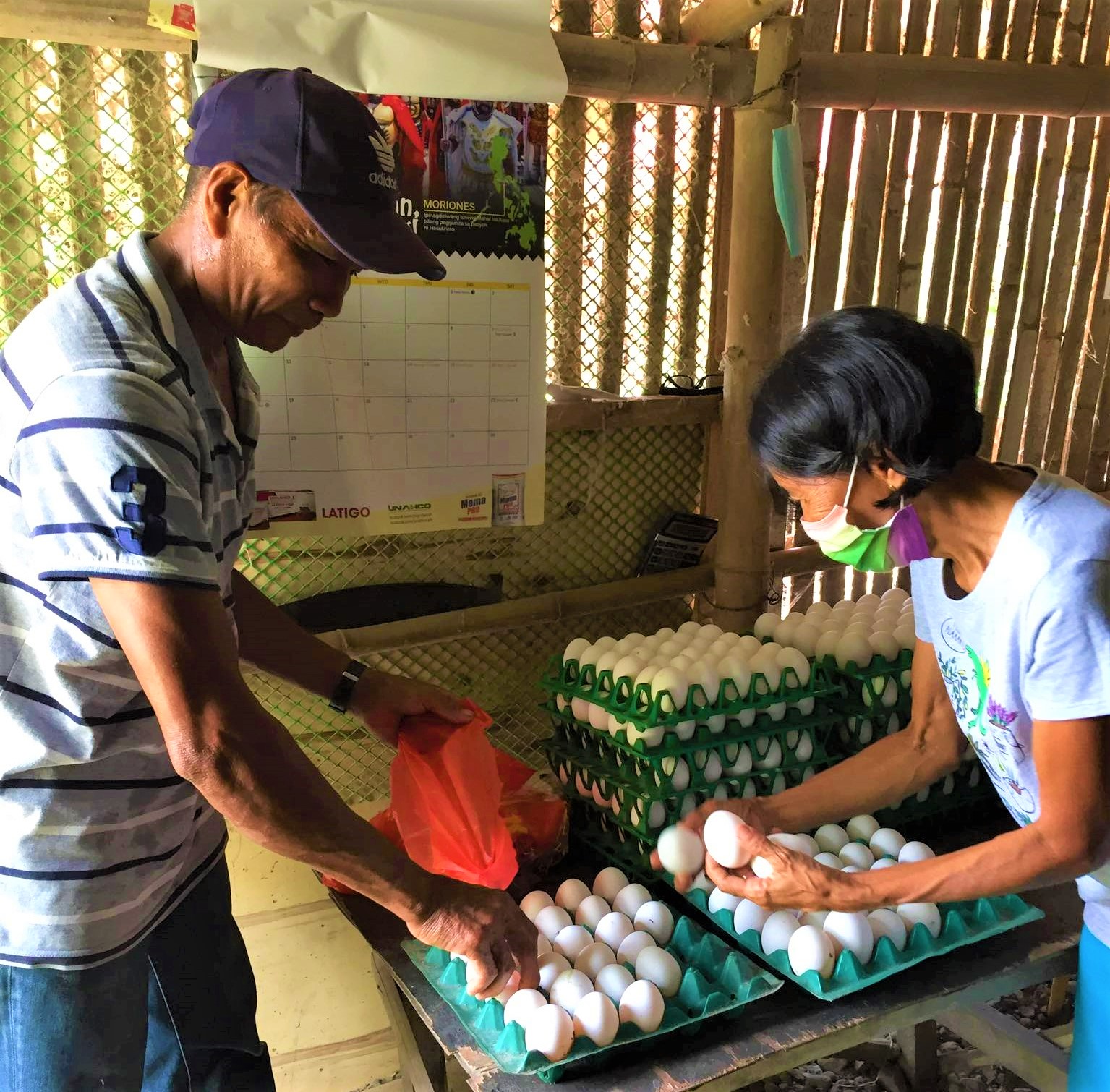

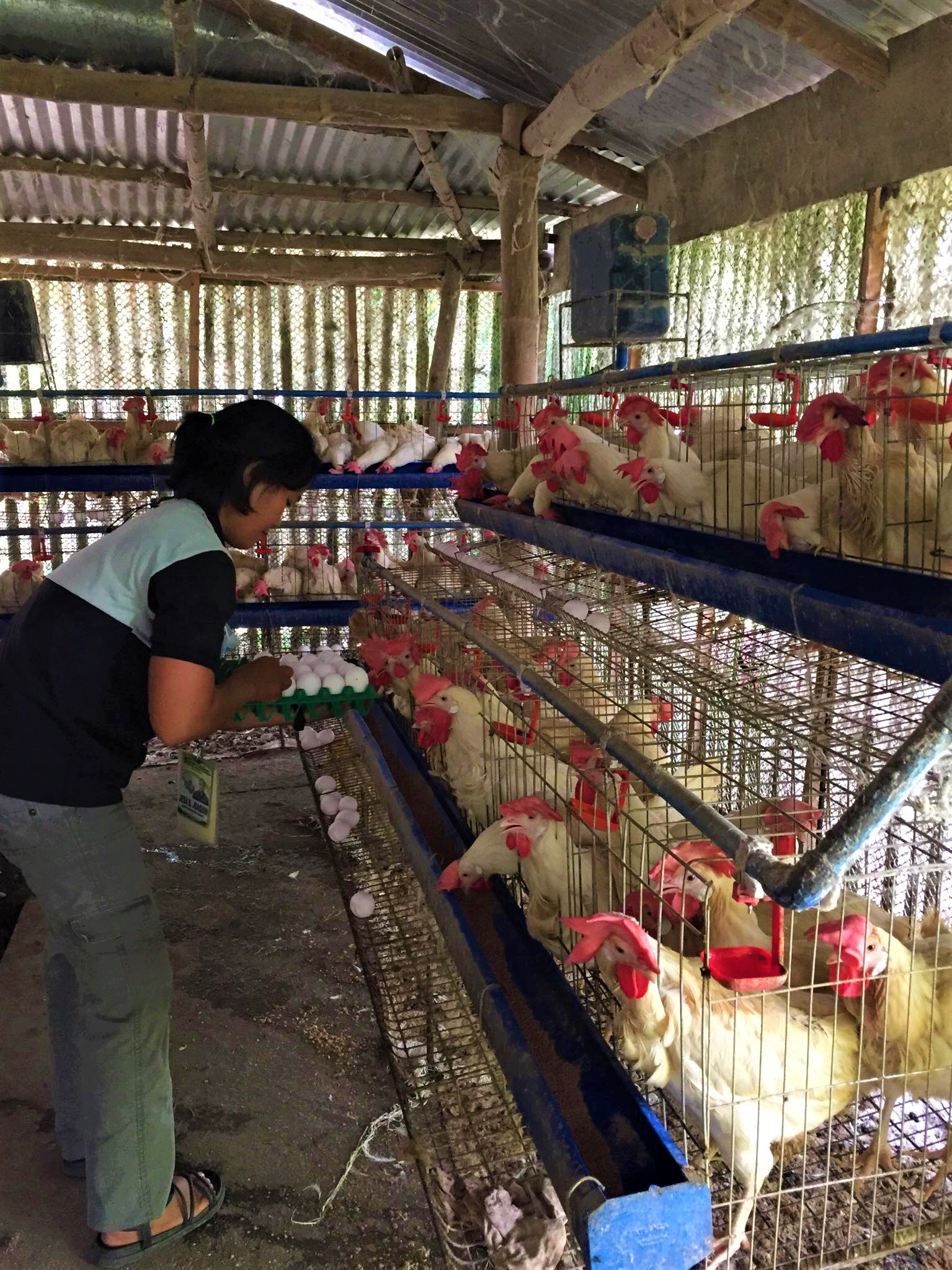
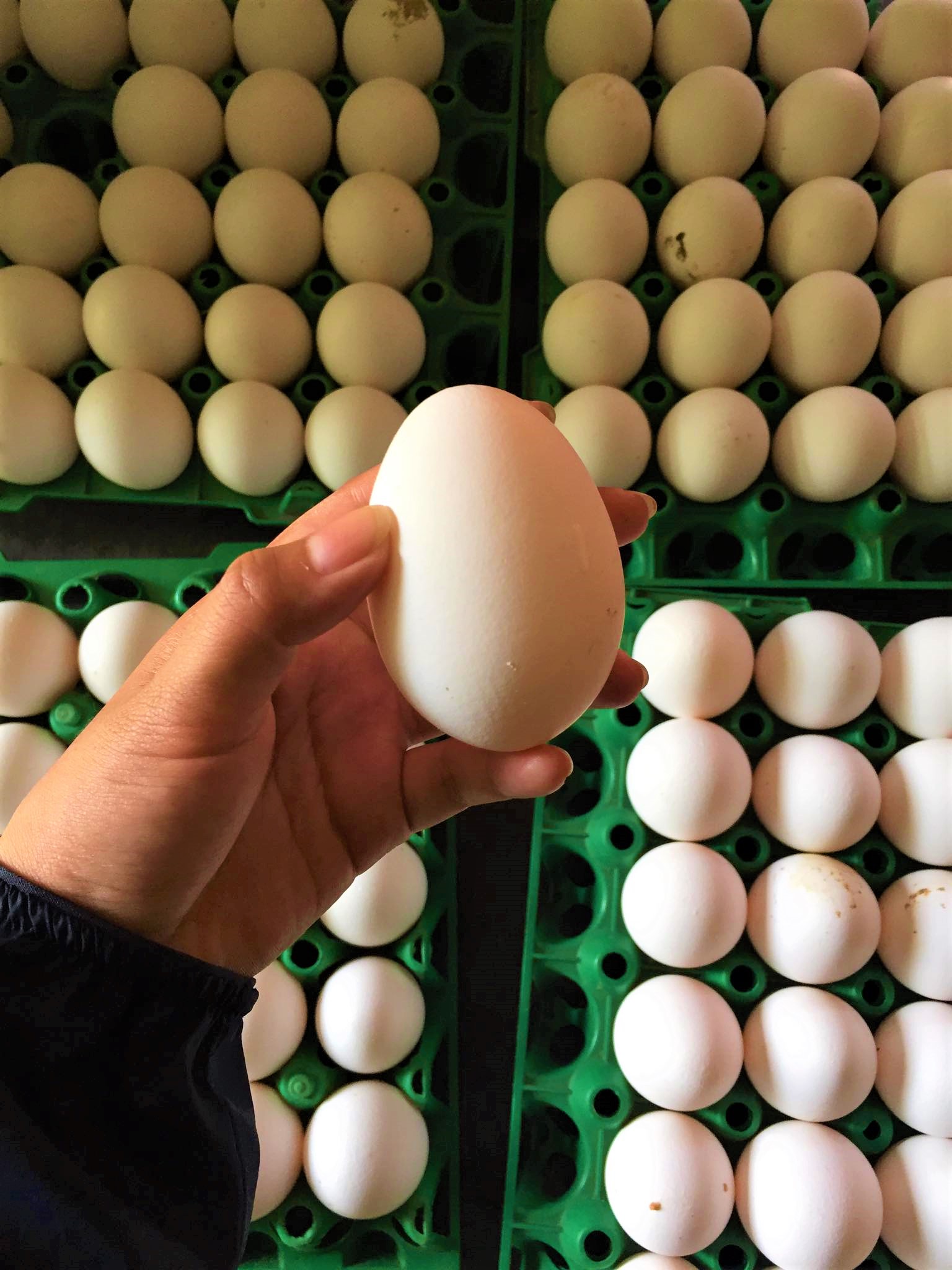
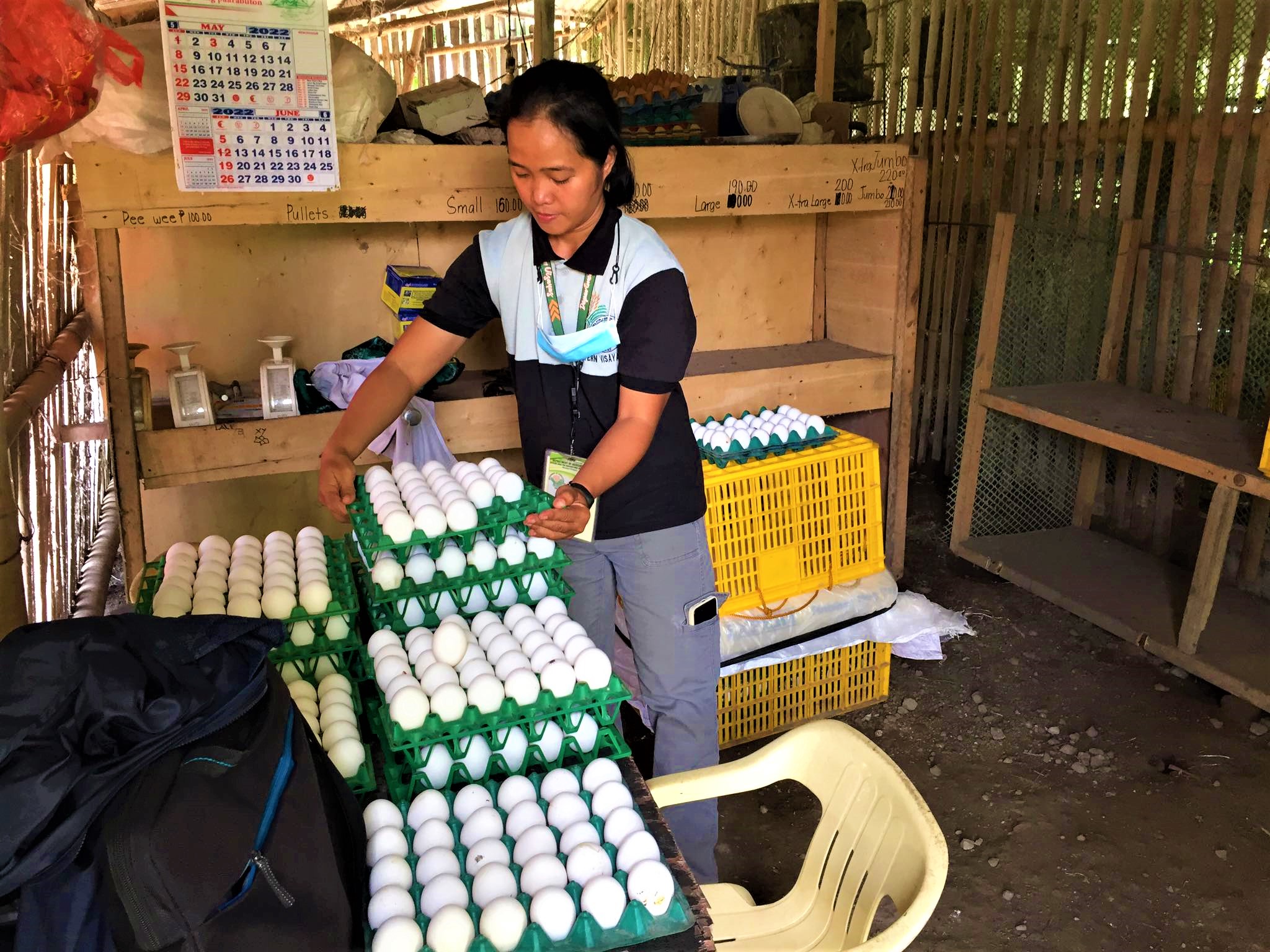
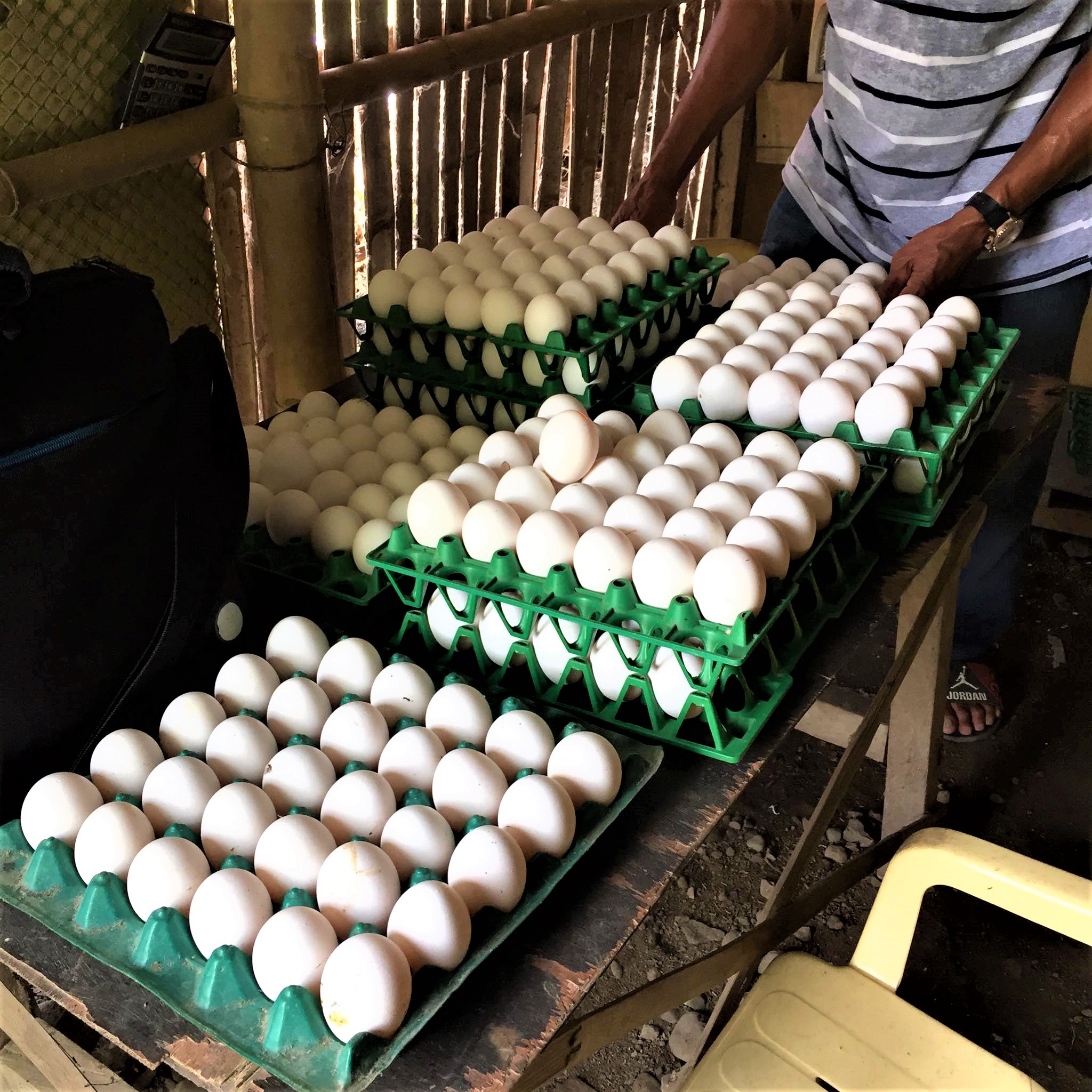
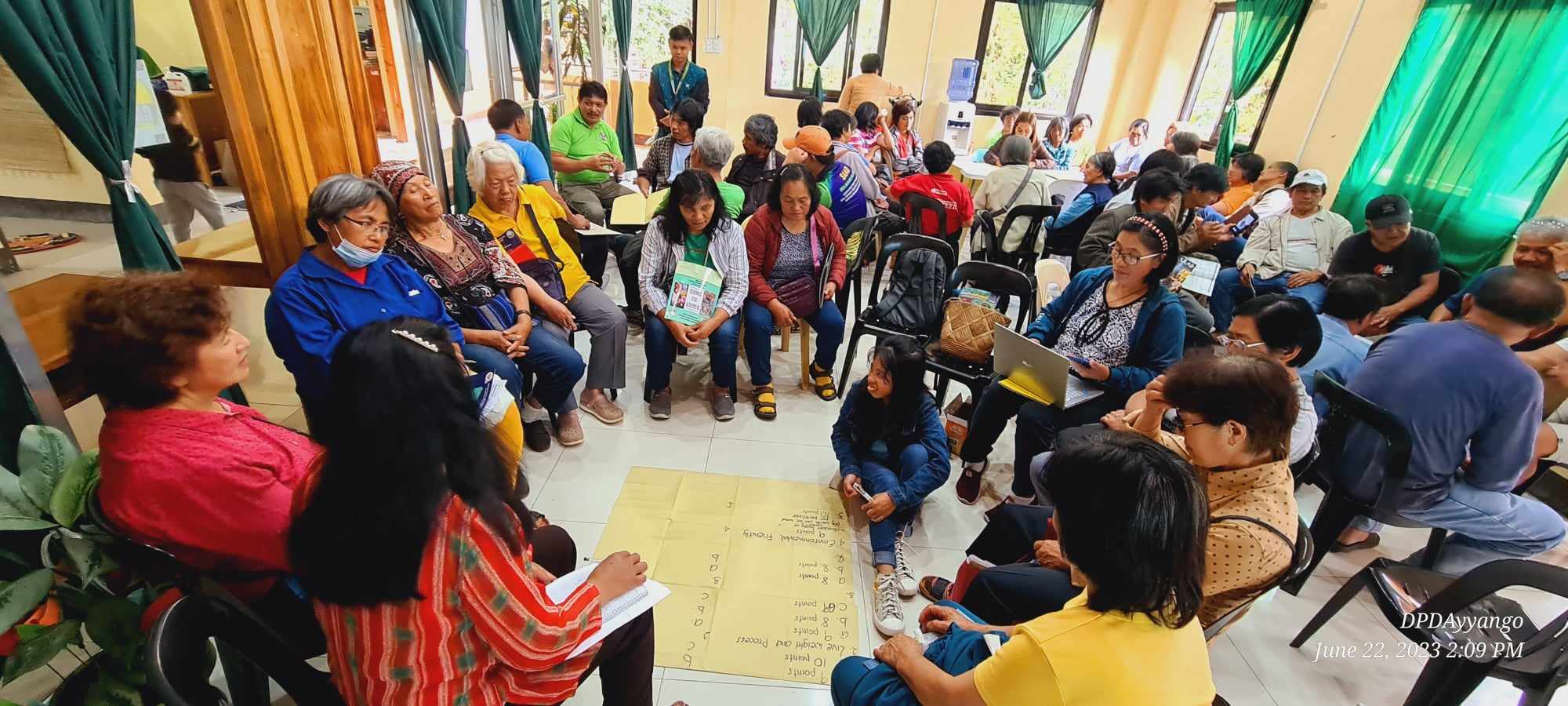
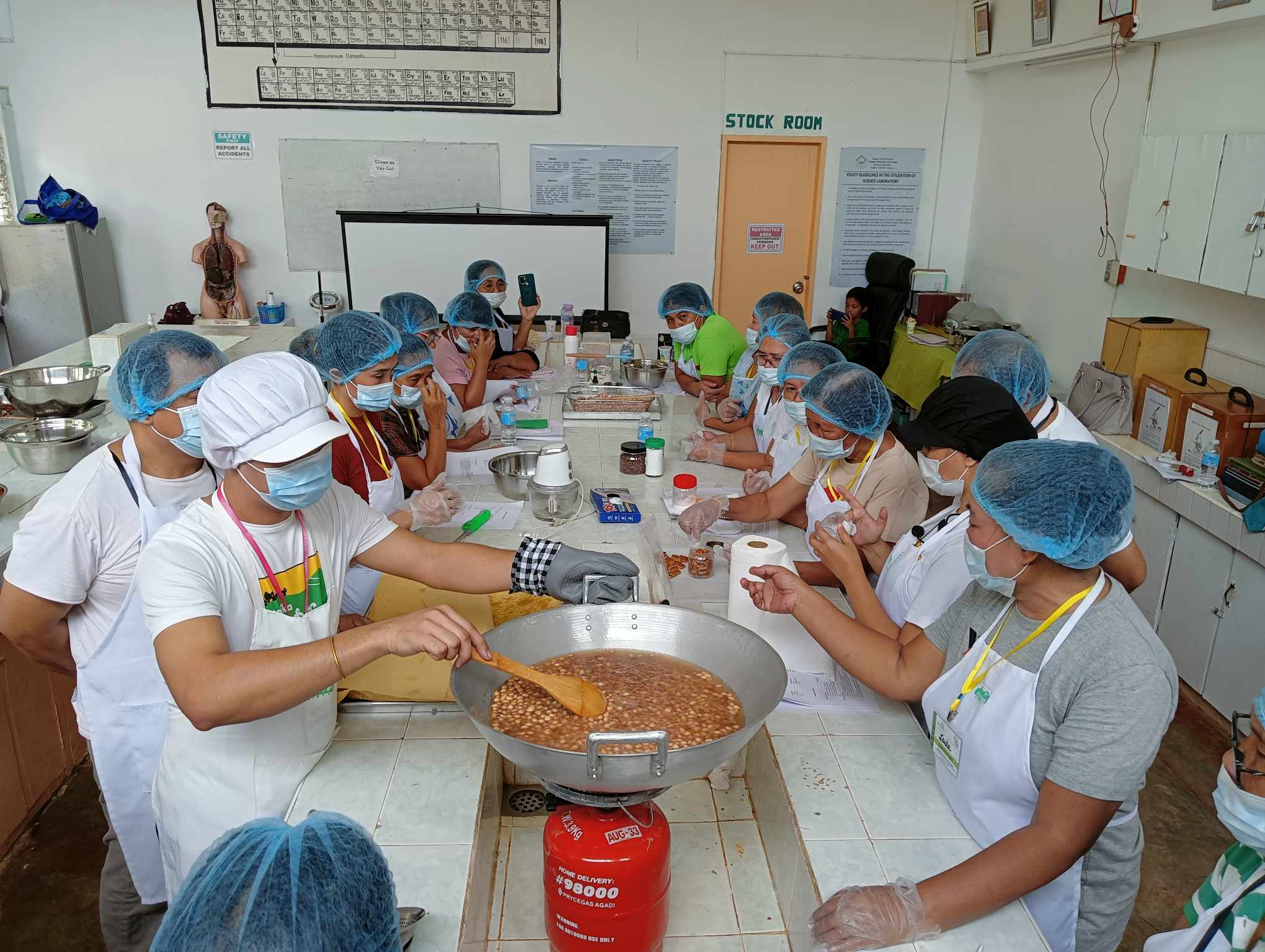
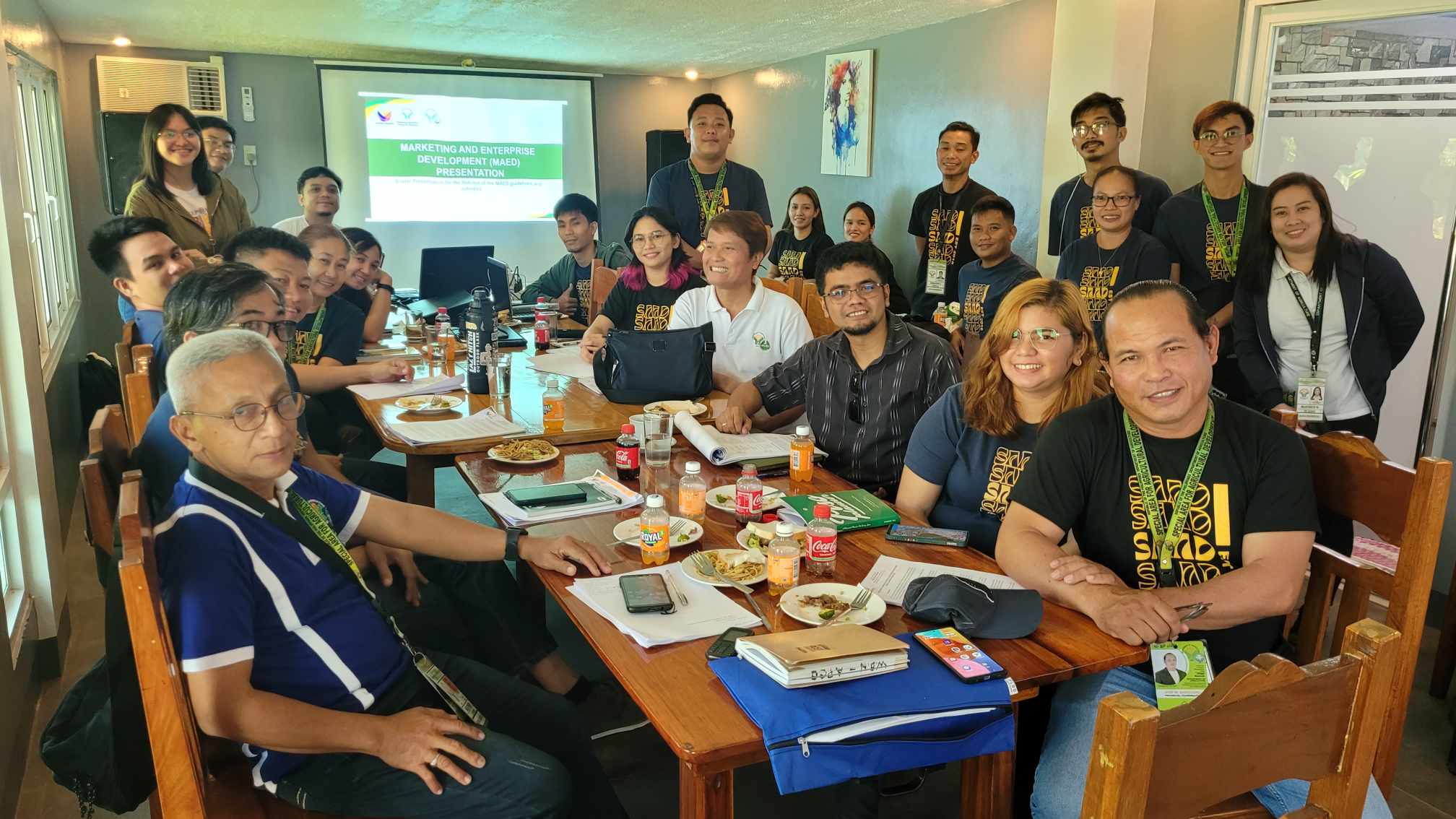
This Post Has 0 Comments